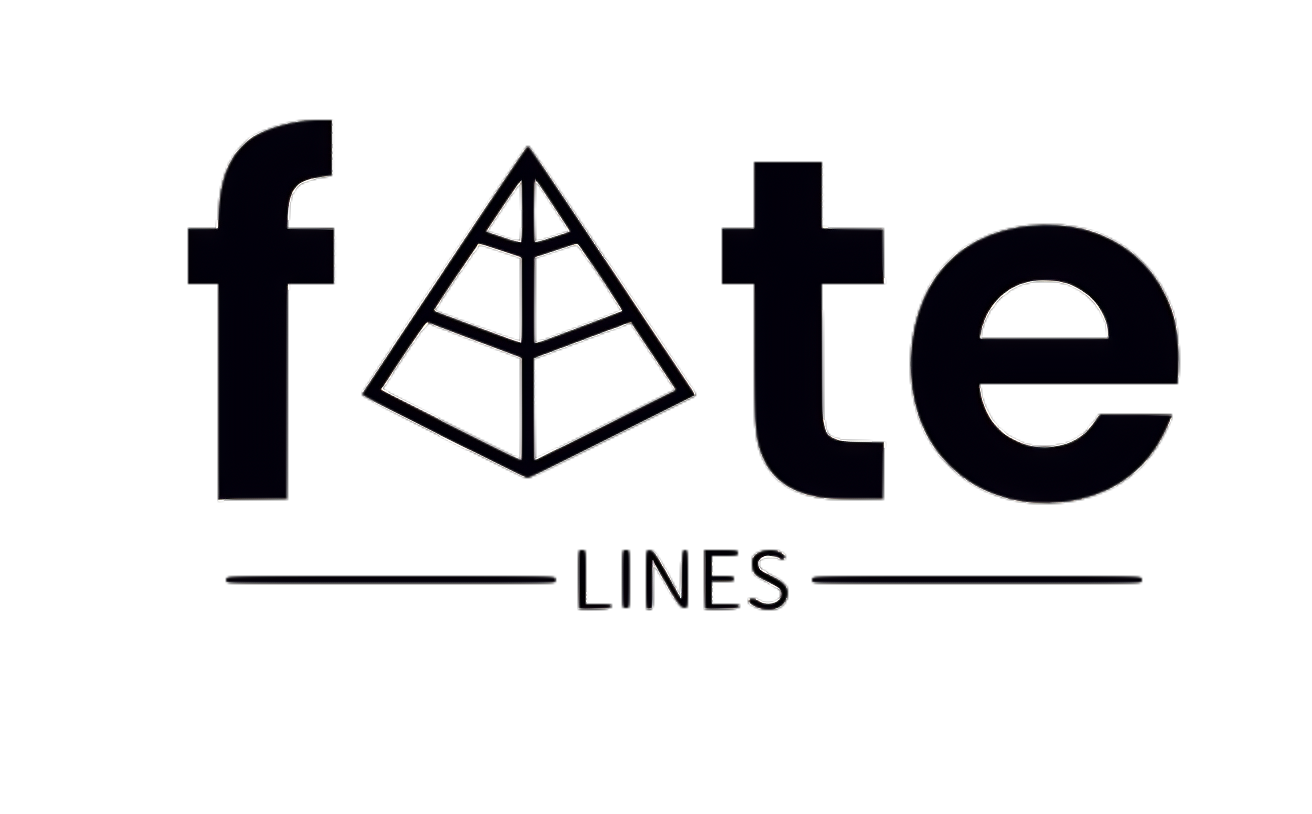In the enchanting landscapes of Scotland, should you come across an unusually sized bird, you might be witnessing a heron or a capercaillie, both iconic to the country’s natural heritage. However, there’s a chance it could be the elusive Boobrie.
The Boobrie is a legendary creature, believed to possess the ability to change its form and is indigenous to the lochs along Scotland’s western coast. The name possibly derives from the Gaelic term “boibhre,” meaning “cow giver.” Another interpretation is the phrase “tarbh-boidhre,” which translates to “bull hearth” but more commonly signifies a malevolent entity or monster. While it primarily manifests as a sizable bird, it can also take the guise of a water horse or a large bloodsucking insect.
Beneath its somewhat benign appearances, the Boobrie is renowned for its malevolence. Its primary diet consists of livestock, and it has been known to inflict harm on farmworkers who stand in defense of their animals. Furthermore, the creature targets sheep, lambs, and consumes a significant amount of otters.
Despite being most famous for its avian form, spotting the Boobrie in its natural habitat is quite rare. One prominent tale originates from Campbell of Islay, recounting it as “boobrie” and “tarbh uisge” (“water bull”). This narrative describes a young man who stumbled upon an injured bull by the shores of Loch nan Dobhran in Argyll and tended to its wounds. Months later, his love interest, Phemie, found herself in jeopardy when confronted by her former partner near the loch. In a twist of fate, a water bull intervened, tackling her assailant. The bull then permitted Phemie to climb onto its back and safely transported her away before vanishing into the night. The tale has been immortalized in verse, translated from the Gaelic into English:
“I was aided by a young man
And I helped a maid in dire straits;
Then after three centuries of captivity
Deliver me swiftly.”
The legend of the Boobrie may be rooted in various avian life native to its loch habitats. The great auk, which became extinct by the mid-1800s, is often speculated to be the origin behind several reported sightings of the Boobrie due to its striking resemblance in both size and hue.
On the auditory front, the Boobrie’s distinctive call, likened by many witnesses to a bull’s roar, has often been attributed to the common bittern, a seasonal visitor to Scotland. Since its modest origins in Scottish folklore, the legend of the Boobrie has gained international recognition, even finding a place in the 1989 Second Edition of Dungeons and Dragons, highlighting its lasting cultural impact.


